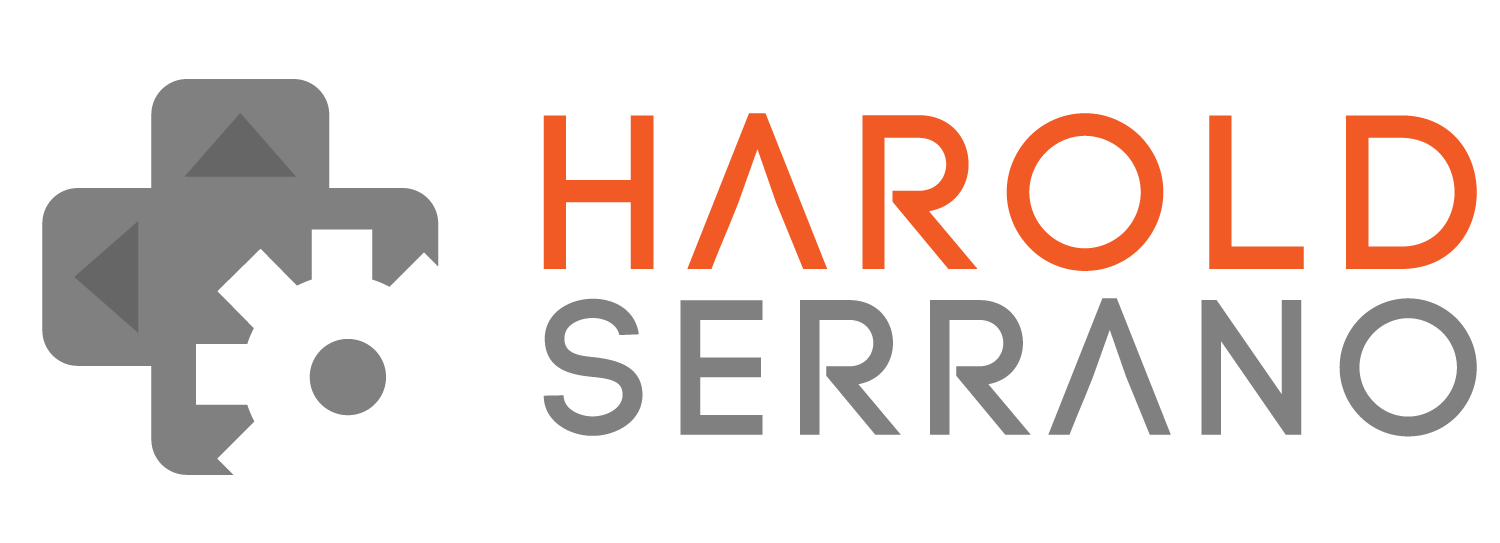One of the activities that I strongly dislike is creating a User-Interface. For a long time, the first version of my game engine lacked a UI. The only reason it had one was out of necessity, not because I enjoyed developing one.
As you may recall, my last blog post mentioned my interest in learning about BRDF. Thus, I ended up developing a BRDF renderer. If you didn't get a chance to read the article, here are some screenshots of what I accomplished with my renderer.
The UI in my renderer is simple. It lacks several UI interactions such as transforming operations through a slider, adding new models to the scene, adding point lights, etc.
Since my goal is to learn more about the interaction between light and surfaces, i.e. BRDF, it became apparent that I needed to add more features to the renderer's UI.
And that is what I did. For about two weeks I dropped my Renderer Engineer hat and worked as a UI designer. This is what I was able to accomplish:
First, I added sliders that control the model's transformations, such as translations and rotations.
Next, I added the ability to add point lights to the scene. I'm not completely happy with this, but it will do for now.
Next, I implemented a Mouse-Picking with Ray Casting algorithm that allows users to select a model with a click. If you are wondering how to do so, here is a way to do it.
Up to this point, all models' names were listed in a drop-down menu. This was not intuitive, since the user could not get a preview of the model before adding them to the scene. So, I spent a day learning about NSCollectionViews and was able to show a preview of all the models in a collection view.
Another issue with the UI was a lack of visible feedback when selecting a model. The user had no way to determine when a model was selected or not. So, I implemented a bounding box for visual feedback purposes.
So, this is where I am right now.
My goal for next week is to focus on fixing the Disney shaders and Lighting.
Thanks for reading.




